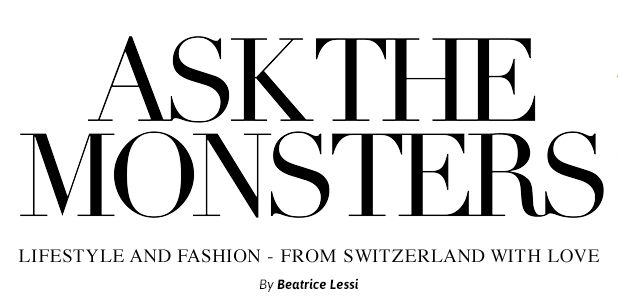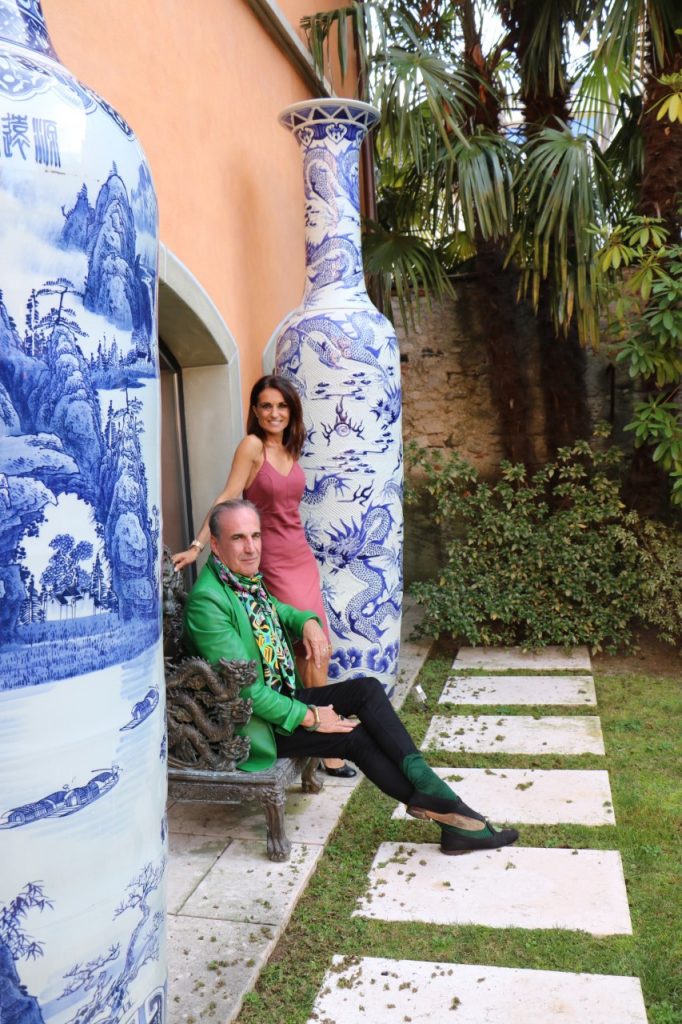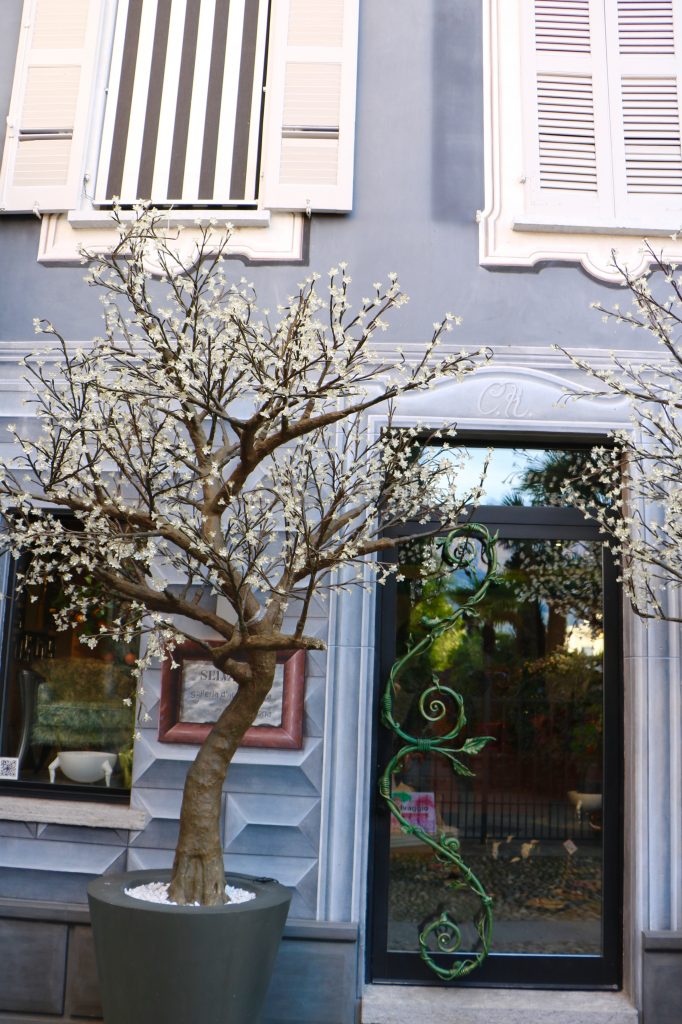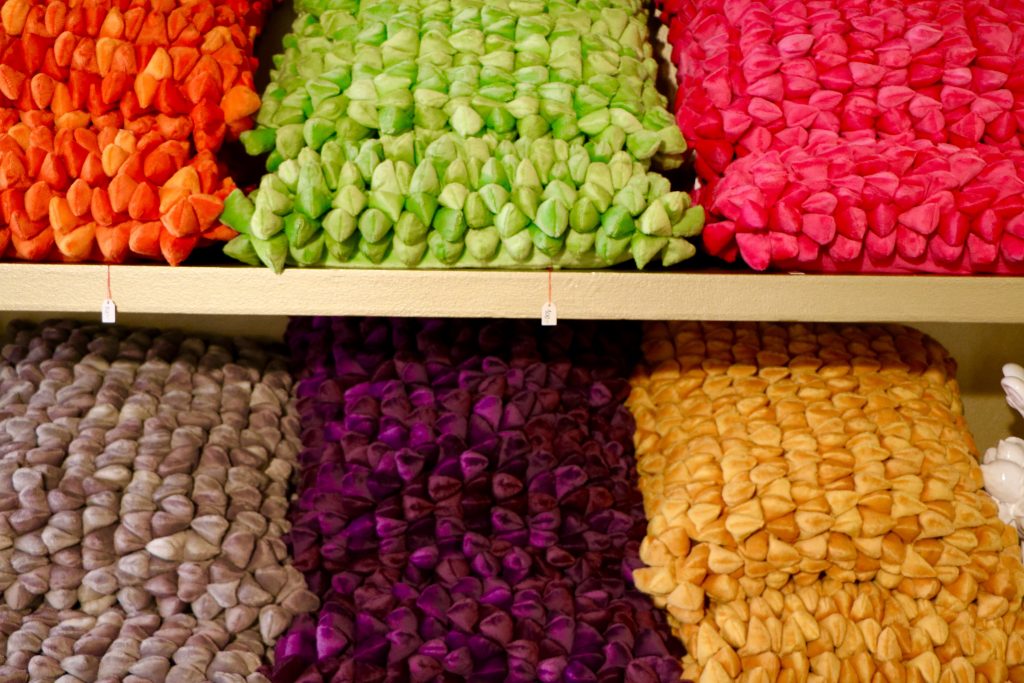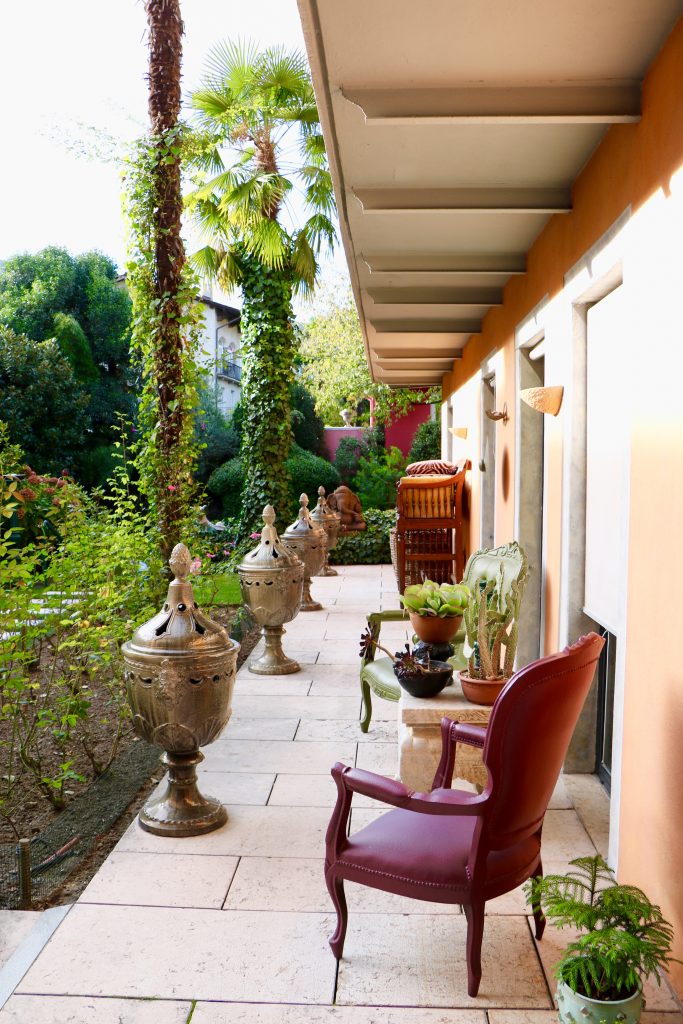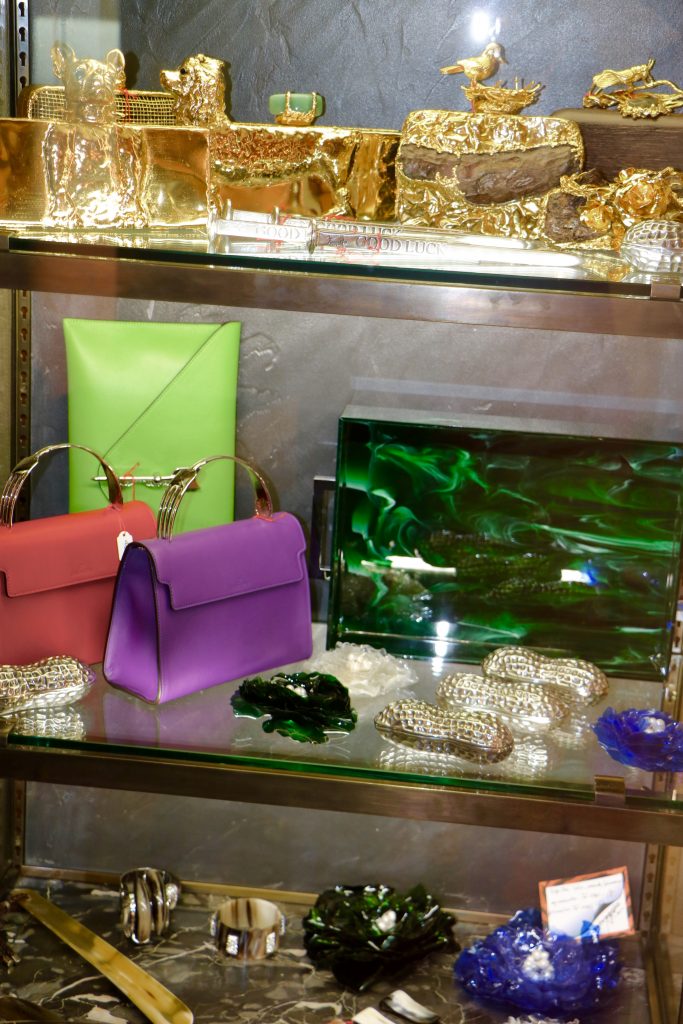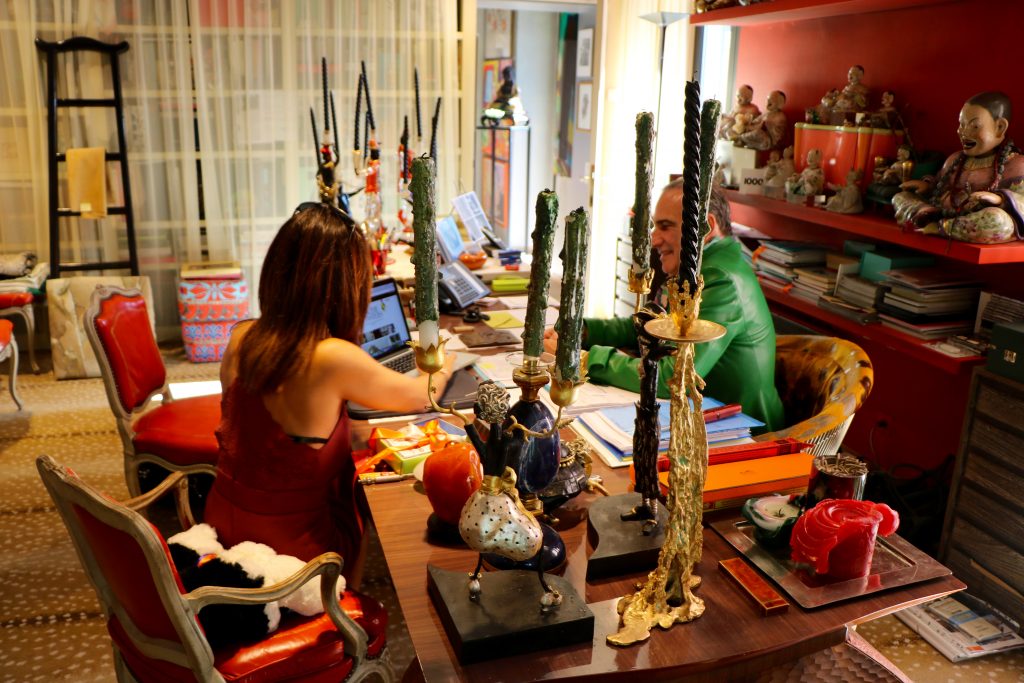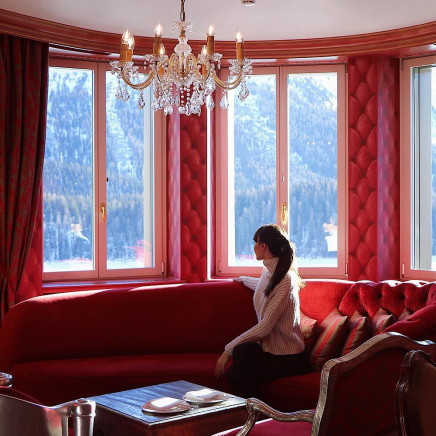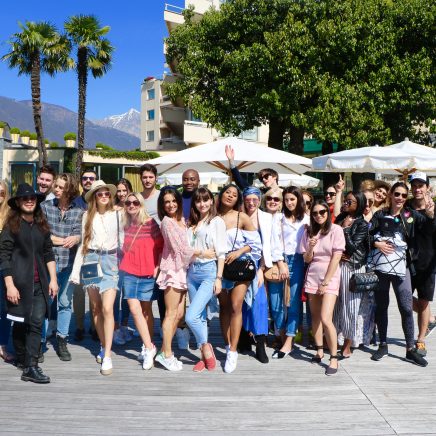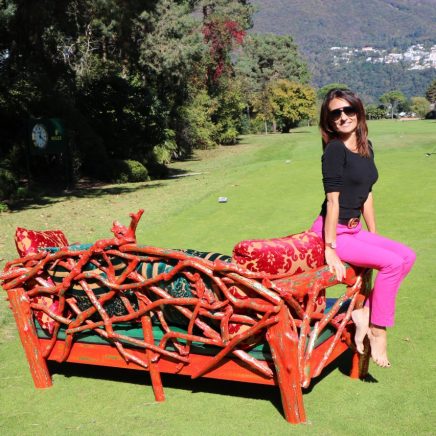Haute Couture of Interior Design: Carlo Rampazzi
Nobody Else In The World
The only man in the world who can choose a Chanel suit from the latest collection and have it custom made and adapted to his body (there is a tailor’s dummy in Paris with his measurements), Carlo Rampazzi’s life and work are tightly connected to fashion, art and design. He doesn’t follow any style. He knows he has charisma. He is unique, and tries to get your uniqueness out too. So how is Maestro Rampazzi like?
The Versace of Interior Design
A coutourier of interior design with an impressive curriculum of celebrity homes and contacts, luxury hotels and “in” restaurants decorated in his tailor-made, bold and luxurious style, Carlo Rampazzi could be compared to many artists or designers, like Alexander McQueen, for example. For me, he can be mostly be compared to Gianni Versace. When I ask him how he feels about it, Rampazzi becomes shy for a moment.
Gianni Versace? I met him. A relationship I didn’t want – today I am repented, but it’s ok. I always bought all his boldest creations – I own everything from his ’90s collection, every single piece, he tells me.
A Chat With Carlo Rampazzi
I met Rampazzi in his spectacular house in the centre of Ascona. Built around a cloister-like dreamy garden with a Moroccan touch, the house doubles as his headquarters too. Here he lives, sells and works in close contact with his artisans. I interviewed him in his office above his art gallery, Selvaggio.
Beatrice: Do you really personalise a house, or you impose your taste?
Rampazzi: I give you an example. Once, at the beginning of my career, a lady asked me to make her a dining room with 26 chairs, because at Christmas she always had 25 guests. I asked her: how often are you home alone, and how often it’s Christmas? I am happy to sell chairs, you know. But a house is for yourself, not for your guests. She didn’t listen to me and later on sold half of the chairs.
Beatrice: And you sometimes refuse to do what clients ask you?
Rampazzi: It happens. Recently I found my assistant packing three objects for two customers. They told me they just moved in a beautiful new flat and they were trying to personalise it. I looked at the things they chose and they didn’t fit together at all. I’m sorry but I thought you were buying some presents…these things don’t go together, please don’t buy them, I told them.
Beatrice (smiling): Did they listen to you?
Rampazzi: I proposed something different. I told them that, if they wanted three objects for their place, I would go there, have a glass of water, check it out, feel the vibe, and bring some objects I thought suitable. We did that and the vibe was very positive. I asked them to go to the garden and wait. I didn’t throw anything away and only re-arranged things.
Beatrice: I bet they loved it.
Rampazzi: A week after, the wife came to the shop again and had a different hairstyle. Her husband bought some coloured blazers. They had developed a taste they didn’t know they had. A year after I made a crazy table and put it in the window shop. I thought nobody would buy this in Switzerland, and that maybe I would have had a chance to sell it in my other shop, the one in Paris. They came in and bought it immediately. They had grown and become so confident. I tried to give people what they have inside without knowing.
Beatrice: And is a piece of furniture really as important, for that?
Rampazzi: A piece of furniture can be positive or negative. If it’s not positive, it talks to you and says my dear, one day you’ll die and I’ll still be here.If you aren’t above the piece of furniture, it will demolish you. It has its own life – don’t be foolish into thinking it’s a dead object, just because it doesn’t speak. If the furniture is made by an artisan with positivity, it brings positivity, like a piece of art. If it’s negative you don’t need it in your house. I go and see a piece or negative art in a museum and go back home – I don’t want to own something negative and stronger than me, because it lasts longer.
Beatrice: If you could refurbish the White House, would you colour it, or leave it white?
Rampazzi: I would colour it. Would you queue up four hours to see the Sistine Chapel in Rome, if it was all grey?
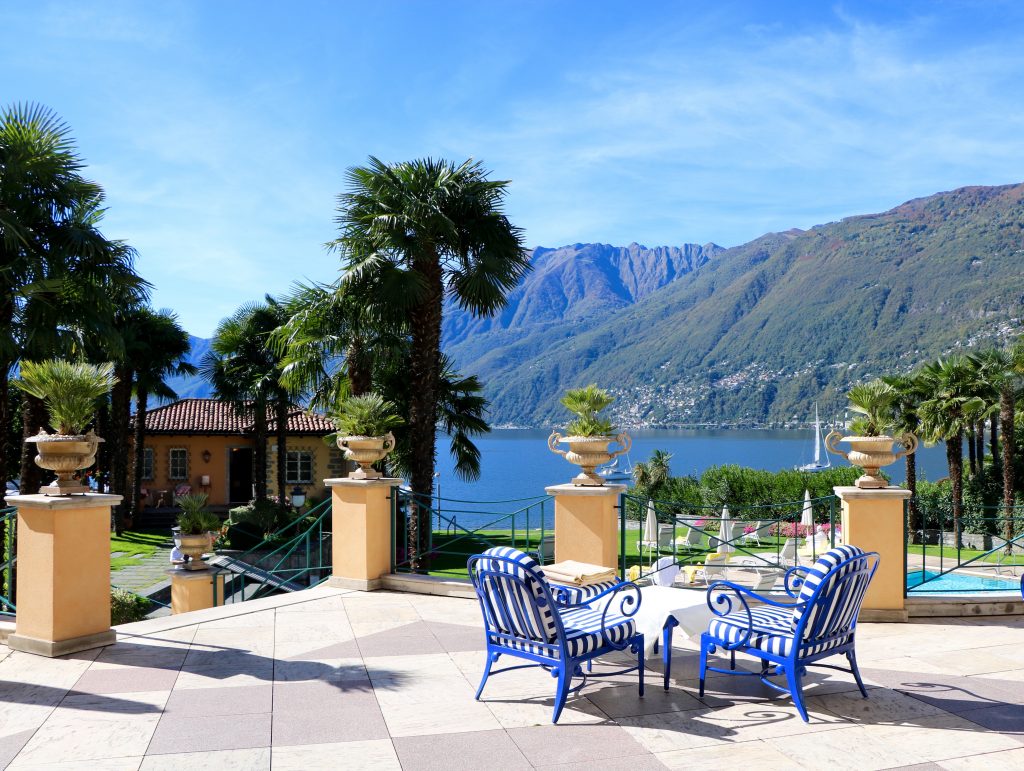
All interior design in Eden Roc Ascona is made by Rampazzi – colors pop up regularly, indoor and outdoor
Beatrice(laughing): No, true! I made a mistake with this question.
Rampazzi: A mistake is, for example, if they give me a wrong surgery. That’s important, and that’s a mistake. But today we look for mistakes everywhere. One can find mistakes while buying a Rolls-Royce or in a five stars hotel, and feel intelligent about it. The truth is, if you find a mistake all the time, you are more stupid than the most stupid! A mistake is sublime…
Beatrice: That’s a different point of view.
Rampazzi: Diversity is good, provided it comes from two strong minds. Two different point of views aren’t war. Only if they are weak, they are war. An intellectual exchange of intellectually strong, even opposite, people makes you richer.
Beatrice: I have heard that some people compare you to Karl Lagerfeld. What do you think about it?
Rampazzi: In paris, Lagerfeld lives a hundred meters away from me. His shop is in front of my shop. His driver is a very good friend of my driver. I see Lagerfeld regularly. When we meet, we look at each other and wait for the other to say hallo – but nobody every starts to talk!
What do you think about plastic surgery?
Rampazzi: I have a friend who used to be the most beautiful woman in the world. I don’t want to see anymore because she’s all transformed by surgery and I want to remember her beauty. Have you noticed that, if people have beauty surgery done, one cannot remember how beautiful they used to be? Think about it! I don’t know why, but one forgets their past beauty. If I embrace the shades of my age, you’ll always remember how beautiful I was.
Beatrice: In your profession, when did you think “Wow, I finally made it”?
Rampazzi: Never. This was always in my head, I only followed my nature. My wife often says she would like to take my hand and show me how the real world is, but it’s impossible with me – I live my dream.
Beatrice: How long have you been married?
Rampazzi: Fortytwo years.
Beatrice: Is love necessary to complete your personality?
Rampazzi: I work a lot on myself and my own happiness. The love for the other person is a bonus, but first of all one needs to work at his or her own happiness.
Beatrice: I love this coloured photographs I see in your studio, are they also on sale?
Rampazzi: No, they are a sort of thank you cards for people I know. I have done it for princes and princesses, actors and people I work with. I take a picture and work at it on the Ipad. You see, I don’t have a computer. I only use my IPad to create these works that nobody knows, only people who receive it.
Beatrice: These pictures are works of art – are you an architect or an artist?
Rampazzi: Art is slave to gallerists today, like fashion is slave to managers. When I started my career, I had a gift for recognising talents. Look at this painting hanging near my desk – it’s a Lucio Fontana. I bought it for nothing. I could…feel it. I could just sense art so deeply. I lost this talent when I started working and using my energy for my own profession. Art used to be everything for me, it used to be freedom. Today it’s not free anymore.
Beatrice: Do you have a portrait of yourself?
Rampazzi: More than one. Once, in my Paris shop, a man with a package entered the door. He told me he had painted me and wanted to sell me the painting for six thousands Euro. I said no thanks, I offered him a coffee and he went away. The day after he sent me the painting, without a card of explanation or anything. It’s in my Paris office now. He painted me like a half angel and half demon. Sometimes artists get fascinated by something in me and need to paint me.
Beatrice: Who do you admire, what is your role model?
Rampazzi: An orchestra director, an artisan, a writer who can just write almost without thinking about it…all these people who have a skill or talent I don’t have. This makes me intellectually richer. It gives me an emotion. You are a blogger and I don’t know what your job is, but I am sure you are the best at it!
Beatrice: Thank you for this conversation – it gave me some food for thought. I think I need to digest it now.
Digest? Just do what you love doing. Here is a gift for you (he gives me a teddy bear and some chocolate) – I hope you enjoy it.
